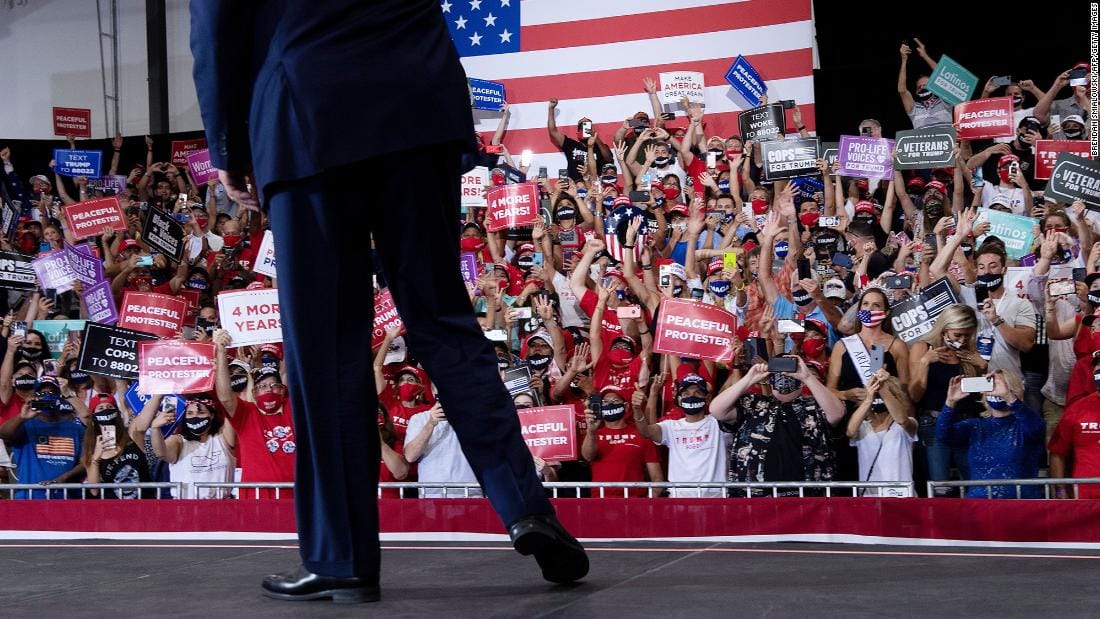In the wake of ongoing discussions surrounding the national debt ceiling, House GOP lawmakers convened for a strategic meeting with former President Donald Trump to explore alternative approaches to managing the impending fiscal crisis. The meeting, which took place in a closed-door setting, underscored the urgency of the situation as the nation faces a potential default on its obligations.
The debt ceiling, a cap set by Congress on the amount of money the federal government may borrow, has become a contentious issue in recent years. As the government approaches this limit, lawmakers are tasked with finding a solution that not only addresses the immediate financial concerns but also aligns with their broader fiscal policies. The House GOP’s meeting with Trump was a significant step in this direction, as they sought to leverage his influence and experience in navigating complex political landscapes.
During the huddle, GOP lawmakers presented various proposals aimed at rethinking their strategy regarding the debt limit. These proposals included potential spending cuts, reforms to entitlement programs, and measures to enhance revenue without raising taxes. The discussions were characterized by a sense of urgency, as lawmakers recognized the potential consequences of failing to raise the debt ceiling in a timely manner.
One of the key points of discussion was the need for a unified Republican front. In recent years, divisions within the party have complicated efforts to present a cohesive strategy on fiscal matters. By engaging with Trump, who remains a significant figure within the GOP, lawmakers aimed to rally support and foster a sense of solidarity among party members. The former president’s endorsement of specific proposals could prove instrumental in garnering the necessary votes to advance any plan.
Additionally, the meeting highlighted the importance of public messaging in the context of the debt ceiling debate. Lawmakers acknowledged that how they communicate their strategies to constituents could influence public perception and, ultimately, their political fortunes. The GOP is keenly aware that the electorate is increasingly concerned about fiscal responsibility, and they are striving to present themselves as the party that prioritizes sound financial management.
As the discussions progressed, lawmakers also considered the potential ramifications of their proposals on various stakeholders, including social programs and government services. Balancing the need for fiscal restraint with the demands of constituents who rely on government assistance is a delicate task. The GOP’s approach will likely involve a careful examination of which programs can be reformed or cut without causing undue hardship to vulnerable populations.
The meeting with Trump also served as a reminder of the political dynamics at play in the current Congress. With a slim majority in the House, GOP leaders are acutely aware of the need to navigate intra-party disagreements while also appealing to a broader audience. The former president’s presence at the meeting underscored the ongoing influence he wields over the party, as well as the challenges that come with aligning various factions within the GOP.
In the coming weeks, House GOP lawmakers will need to translate the ideas generated during their meeting into actionable proposals. This will require not only crafting a plan that can garner sufficient support within the party but also engaging with Senate Republicans and Democrats to ensure a comprehensive solution is reached. The stakes are high, as failure to address the debt ceiling could lead to severe economic consequences, including a potential government shutdown or a downgrade of the nation’s credit rating.
As the deadline approaches, the House GOP’s ability to present a united front and articulate a clear strategy will be critical. The meeting with Trump may have provided a platform for generating ideas, but the real test lies ahead as lawmakers work to turn those ideas into a viable plan. The outcome of these discussions will not only impact the immediate fiscal situation but also shape the political landscape as the GOP prepares for future elections.
In conclusion, the House GOP’s recent meeting with Trump reflects the party’s ongoing efforts to navigate the complexities of the debt ceiling debate. By exploring alternative strategies and seeking to unify their approach, lawmakers are positioning themselves to address the pressing financial challenges facing the nation. As the situation develops, the effectiveness of their strategies will be closely monitored by both political analysts and the public alike.



